Alan Titchmarsh: A foolproof guide to growing wisteria
If you've been enviously eyeing the extraordinary wisteria on display across Britain and wondering how you can grow your own, help is at hand. Alan Titchmarsh shares his advice for growing this most glorious of horticultural spectacles.
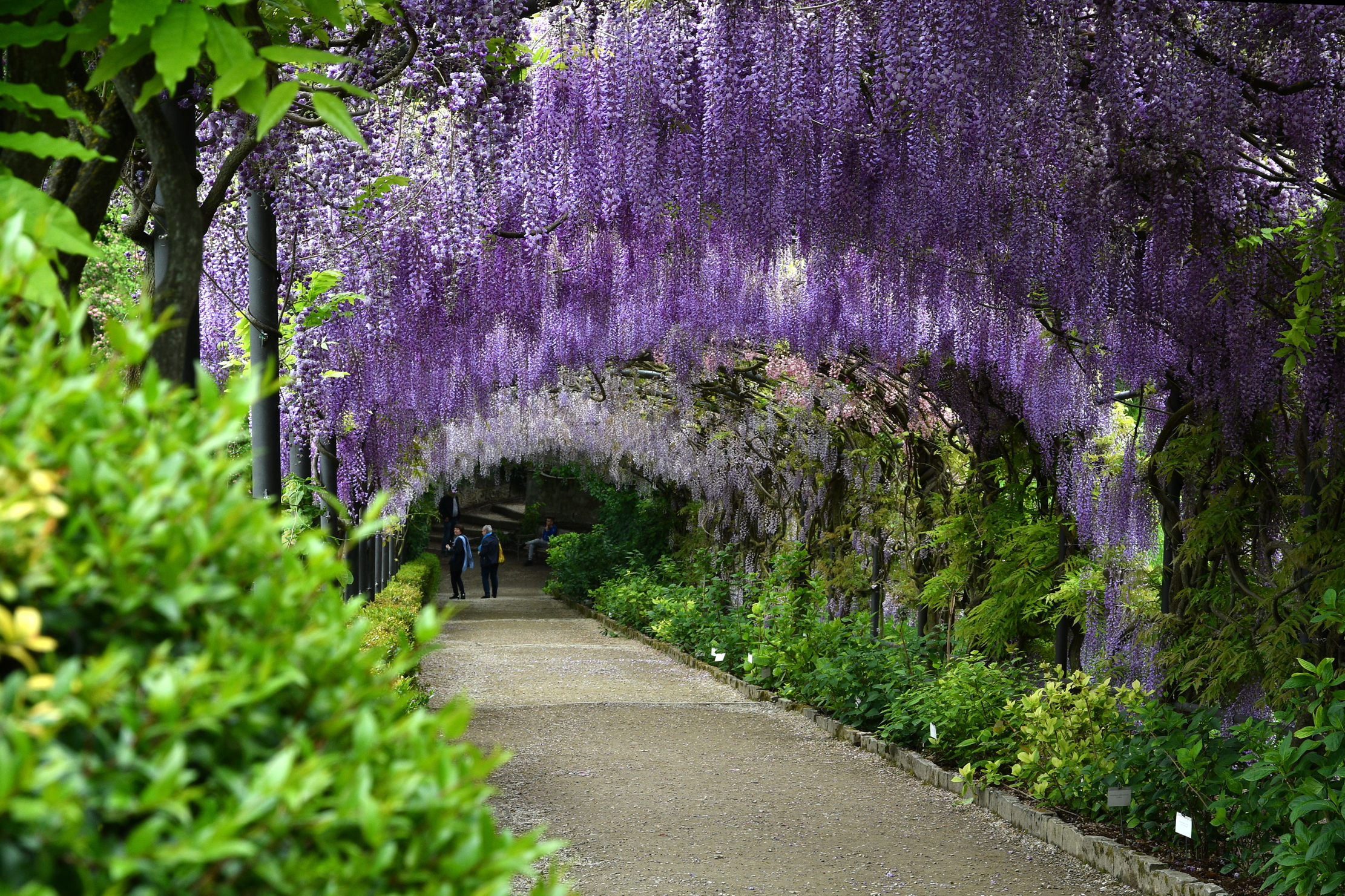

How I love wisteria! It graced the front wall of our modest three-up, three-down terrace house when we got married and I trained it proudly so that, in the six years we lived there, its territory was extended year on year.
It was the common Chinese wisteria (W. sinensis), generally the only kind that existed in our gardens for many years. Today, there are countless cultivars, mainly of Japanese origin, with strange names and, in some cases, strange colours and flower formations.

Wisteria at Iford Manor in Wiltshire
If you’re planting a new one, first check that you like the colour and flower form and buy a grafted plant, as it will bloom more reliably and at a much younger age. The graft union will be clearly visible a few inches above soil level. Plants that aren’t grafted and have been propagated by layering or cuttings can be irritatingly flower shy; there are ways to encourage blooming in older reluctant plants.
Wisteria needs a sunny wall. Don’t waste your time giving it a wall facing north or east. South and west are the more favoured aspects, where the wood will ripen most effectively. Then there’s the twice-yearly pruning. In July, tie in all questing growths that are needed to extend the plant’s coverage, but shorten all others to about 1ft. In January, cut back all sideshoots to finger length. Do this every year and your plant should not disappoint.
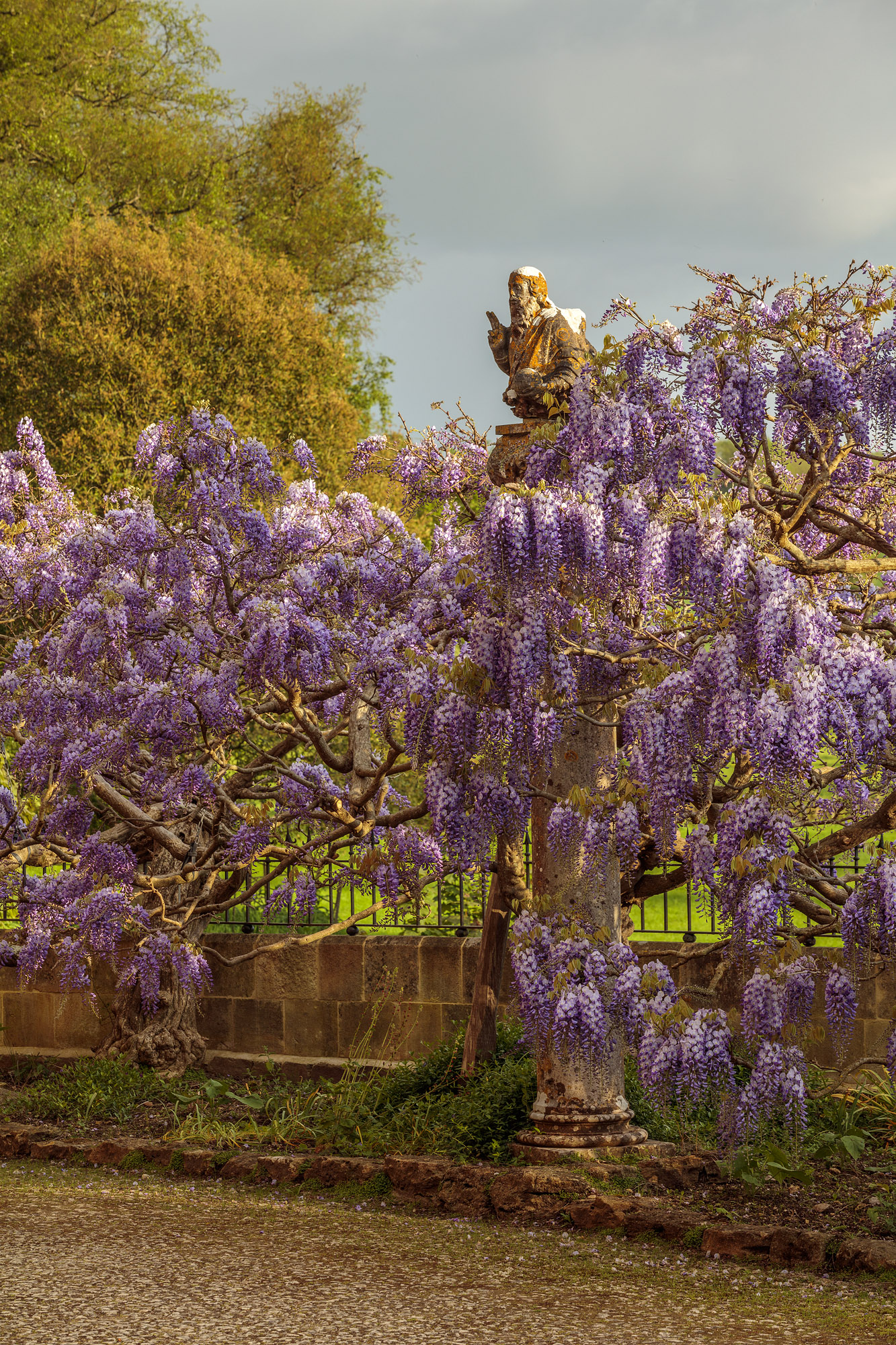
Your wall will need some kind of support framework, as wisteria is a twiner, with no sticky pads such as those on Virginia creeper or aerial roots on ivy. Stout horizontal wires fastened to sturdy vine eyes screwed into the wall at intervals of 18in give the most unobtrusive support.
A well-affixed trellis can be used, but the snaking stems can get behind it and, as they fatten over the years, they can prise it from the wall – regular untangling during winter pruning will reduce this risk.
Feeding your wisteria with a generous helping of rose fertiliser (rich in flower-promoting potassium and magnesium) every March will help to promote regular flowering and healthy growth. If your wisteria has been pruned and fed and grown on a sunny wall and still refuses to flower after three or four years, give it up as a bad job, haul it out and plant a grafted variety that will make up for lost time.
Exquisite houses, the beauty of Nature, and how to get the most from your life, straight to your inbox.
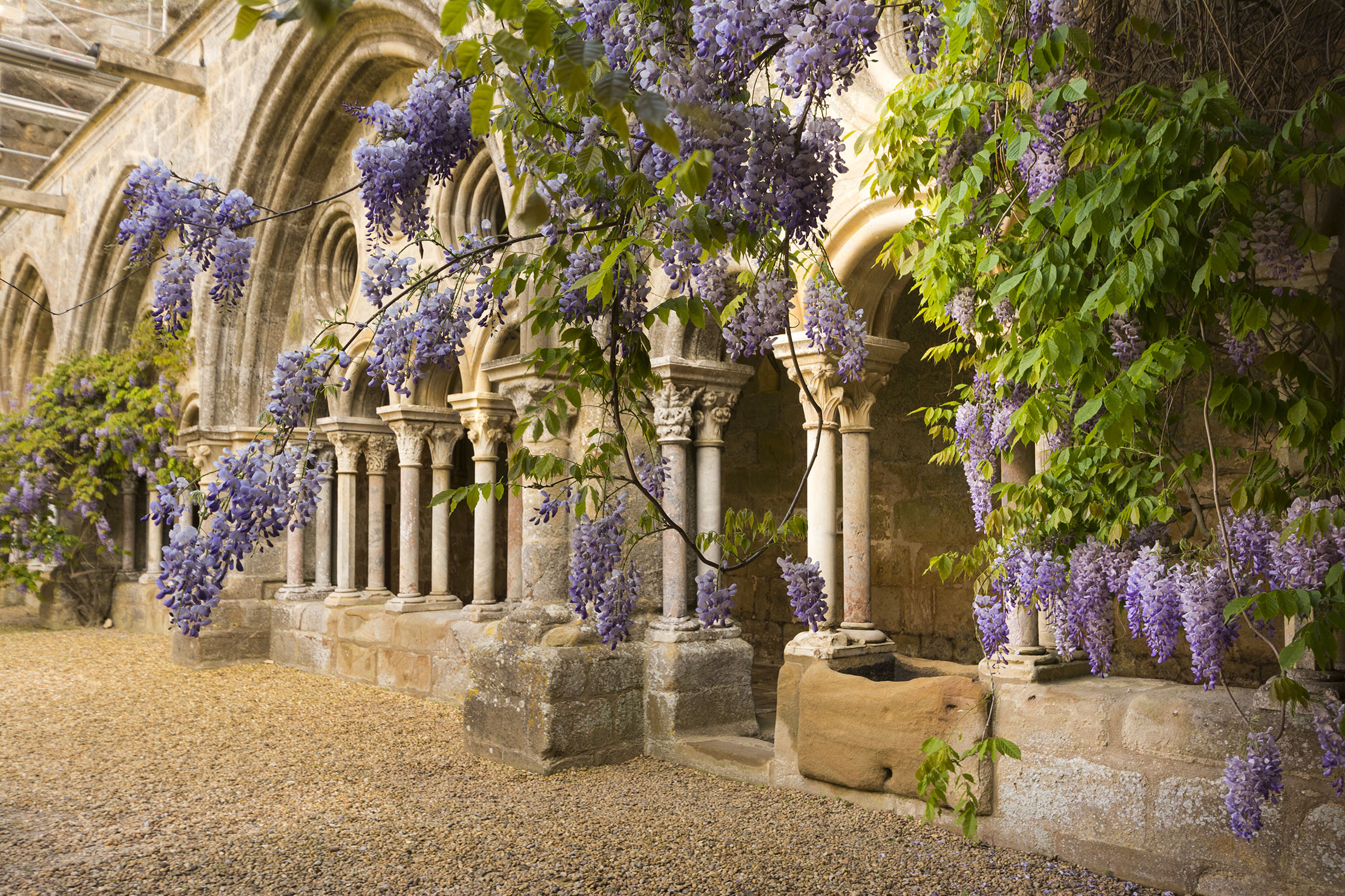
What medieval abbey is complete without a few twisting arms of wisteria?
Of the many varieties available, I particularly favour the old favourite Macrobotrys, which has flower trails that can be about 2ft long. The white varieties are wonderfully classy and, in the right situation, can be as spectacular as those of lilac purple.
I would never shun the plain W. sinensis, the flower trails of which give off the most delectable scent in spring sunshine, especially if trained around a bedroom window that can be opened to let in the heady fragrance.
Growing wisteria in pots and containers is seldom successful, as the plants are so greedy when it comes to food and water. If you lack a suitable house wall, you can grow wisteria as a free-standing ‘standard’ on a 5ft bare stem. It will need some support, but I remember massive free-standing specimens at Kew Gardens when I was a student there and, even then, they were a good century in age. They scrambled like boa constrictors over a rusted iron framework they’d all but demolished.
With everything in place, all you need do is cross your fingers for sunny weather and you can savour the delights of late spring and early summer in the company of one of the plant world’s most spectacular members.
Alan Titchmarsh is a gardener, writer, novelist and broadcaster.
-
 A country house that was the set for one of the best-loved sitcoms of the 1980s is for sale, with 40,000sq ft of space, 39 bedrooms and almost endless potential
A country house that was the set for one of the best-loved sitcoms of the 1980s is for sale, with 40,000sq ft of space, 39 bedrooms and almost endless potentialLynford Hall, a vast neo-Jacobean house that's been everything from a country hotel to an agricultural college, has come to the market. Toby Keel tells its story.
-
 This bear welcomes you to the Country Life Quiz of the Day, November 4, 2025
This bear welcomes you to the Country Life Quiz of the Day, November 4, 2025Put your mind to the test.
-
 'My family wore wool at a time when everyone else had cast it off in favour of manmade fabrics': The knitwear pioneer who is one of David Beckham's countryside champions
'My family wore wool at a time when everyone else had cast it off in favour of manmade fabrics': The knitwear pioneer who is one of David Beckham's countryside championsJulie Harding speaks to Rachel Carvell-Spedding the founder of British knitwear brand Navygrey, and one of David Beckham's countryside champions.
-
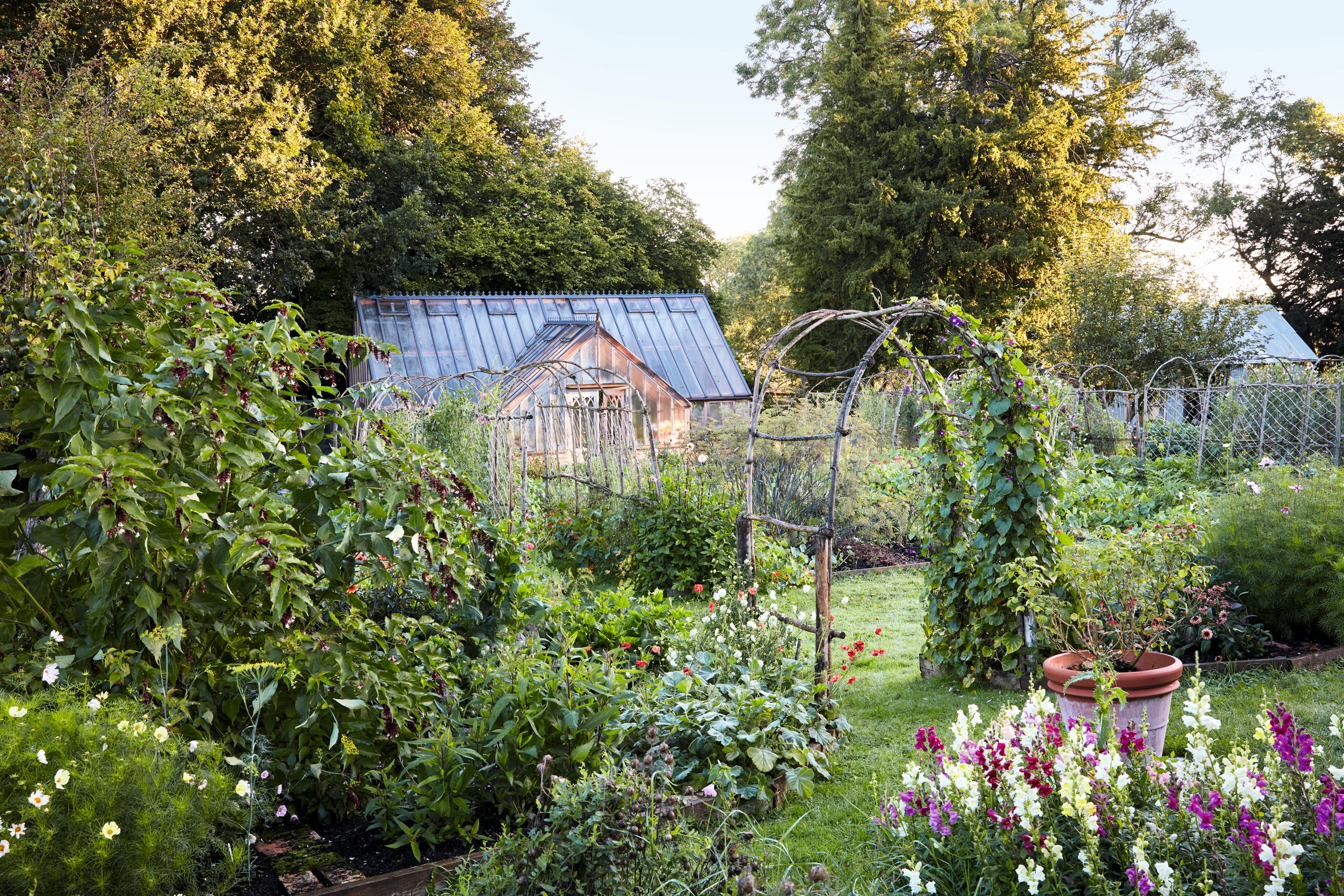 James Alexander-Sinclair: Making a new garden for someone is 'thrilling', but we need more sensitive and skilled gardeners to look after them
James Alexander-Sinclair: Making a new garden for someone is 'thrilling', but we need more sensitive and skilled gardeners to look after themPay your gardeners properly, says James Alexander-Sinclair as, without them, you will have no garden.
-
 'Seeing the work that people are doing all around the world has given me hope for the future': The young naturalist who is one of David Beckham's countryside champions
'Seeing the work that people are doing all around the world has given me hope for the future': The young naturalist who is one of David Beckham's countryside championsJulie Harding speaks to Ramandeep Nijjar, a young naturalist who has made an impact on the world even before finishing university, and one of David Beckham's countryside champions.
-
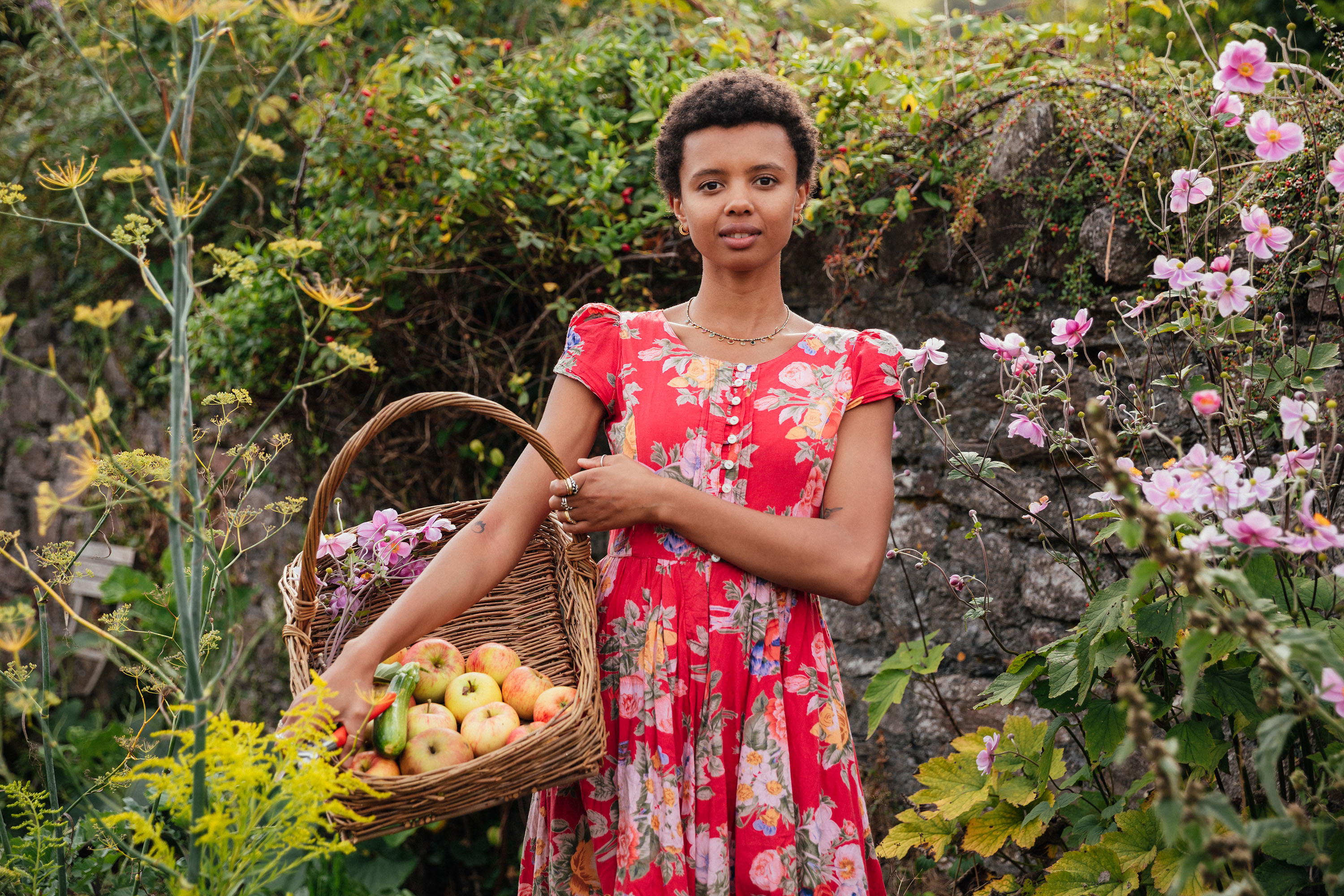 Poppy Okotcha, the model turned gardener who is one of David Beckham's countryside champions
Poppy Okotcha, the model turned gardener who is one of David Beckham's countryside championsPoppy Okotcha, the 29-year-old ecological community grower, garden content creator, author — and also one of David Beckham's countryside champions — speaks to Julie Harding.
-
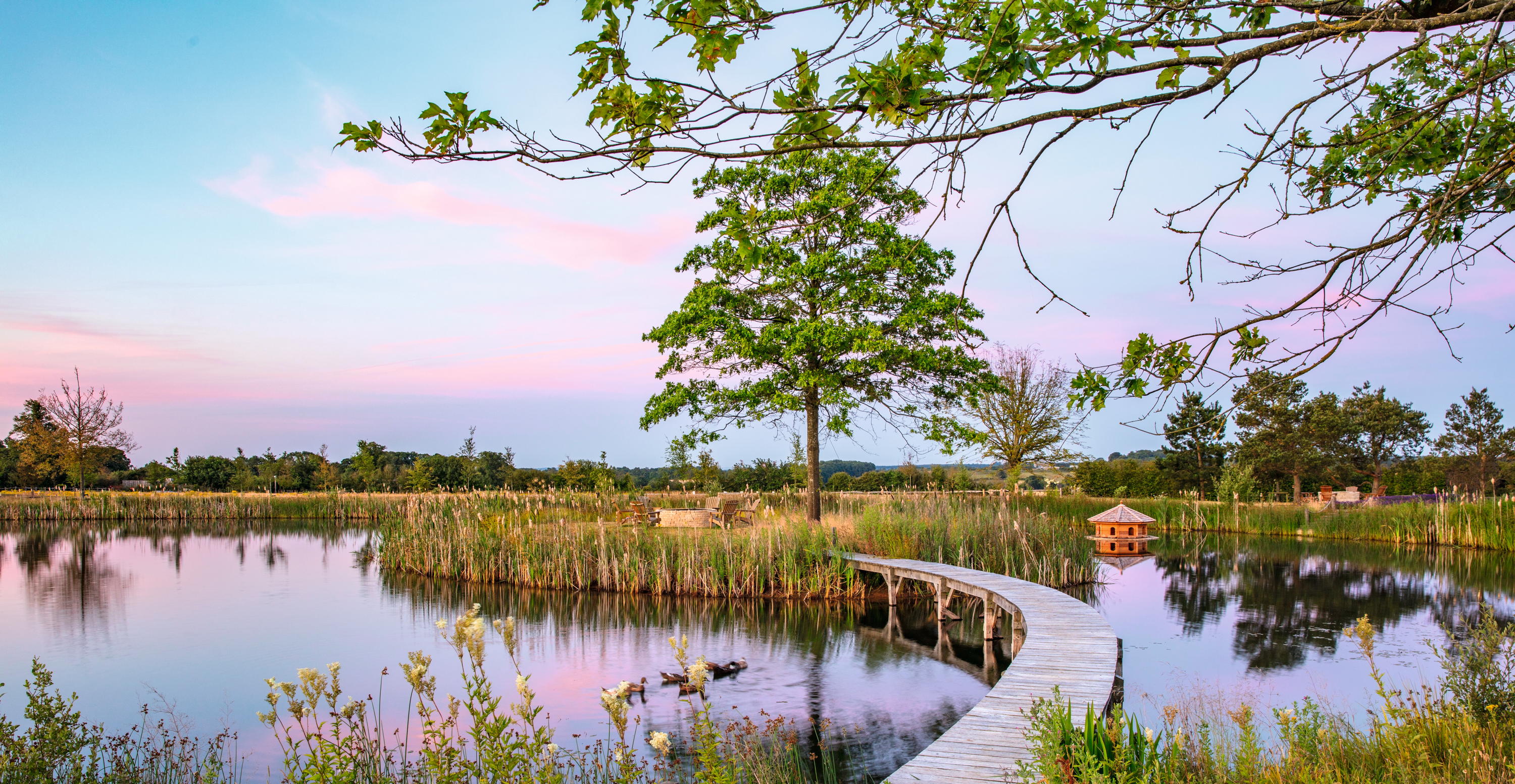 'I bought it without telling Victoria. She didn’t want another project... I sat her down, gave her a vodka and tonic and told her what I’d done': David Beckham tells Alan Titchmarsh about his Cotswolds home and garden
'I bought it without telling Victoria. She didn’t want another project... I sat her down, gave her a vodka and tonic and told her what I’d done': David Beckham tells Alan Titchmarsh about his Cotswolds home and gardenOn an open and windswept tract of land in Oxfordshire, where once stood some derelict barns and a lone maple tree, our guest editor Sir David Beckham has created a haven for his family and his honeybees. Photographs by Clive Nichols and Millie Pilkington.
-
 'One of the truly great gardens of the world' is at risk of having its vistas and tranquility blighted forever
'One of the truly great gardens of the world' is at risk of having its vistas and tranquility blighted foreverThe views from Rousham, the birthplace of the English landscape-garden movement, are at risk of development if plans for the nearby former RAF Upper Heyford Air Force base get the go-ahead.
-
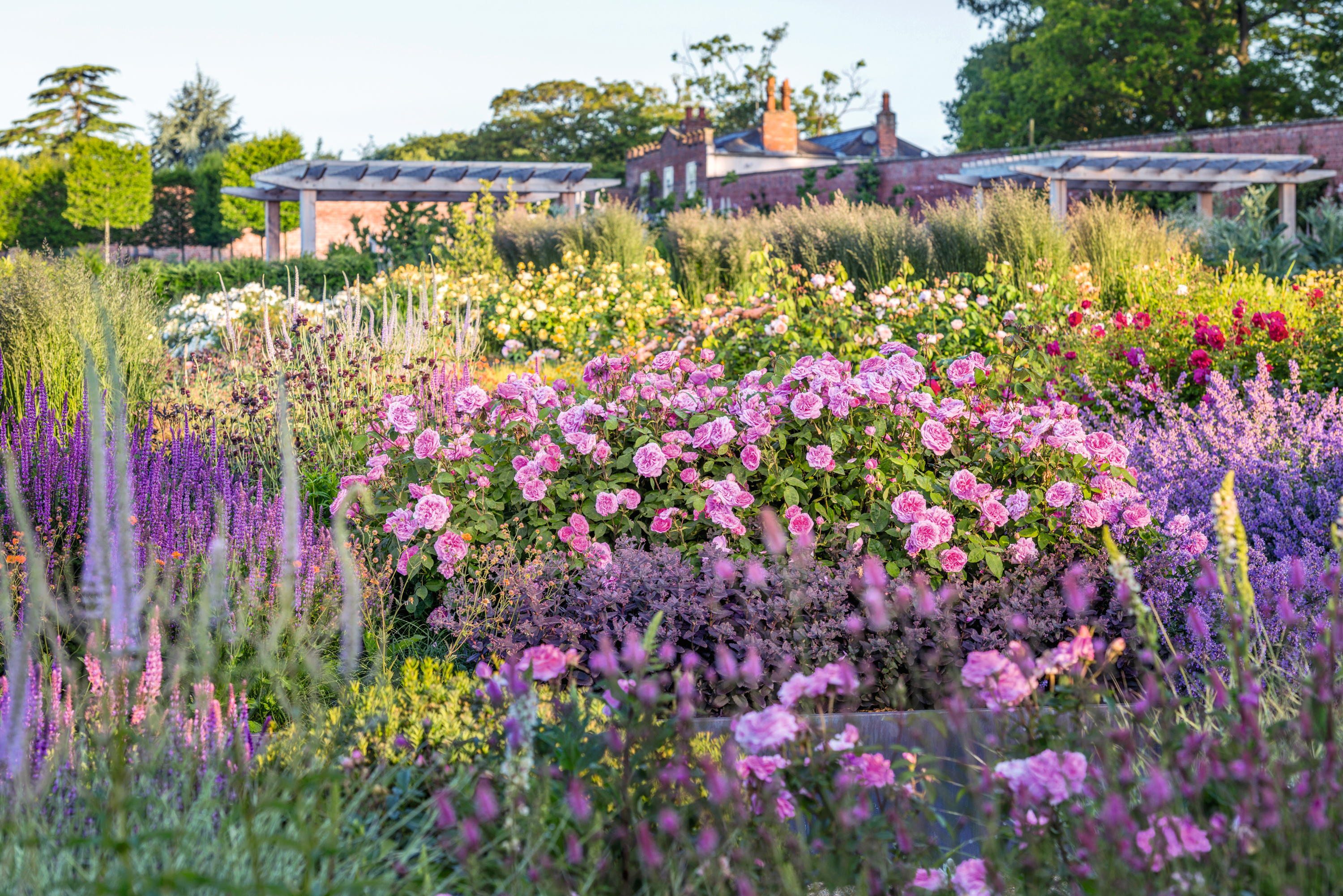 How Harper Beckham created the perfect gardener's birthday present for her father's 50th — with a little help from David Austin Roses
How Harper Beckham created the perfect gardener's birthday present for her father's 50th — with a little help from David Austin RosesWhen Harper Beckham wanted to commission a rose for her father’s birthday, there was only one man for the job, says Charles Quest-Ritson, as he takes a closer look at the science behind creating a new David Austin bloom.
-
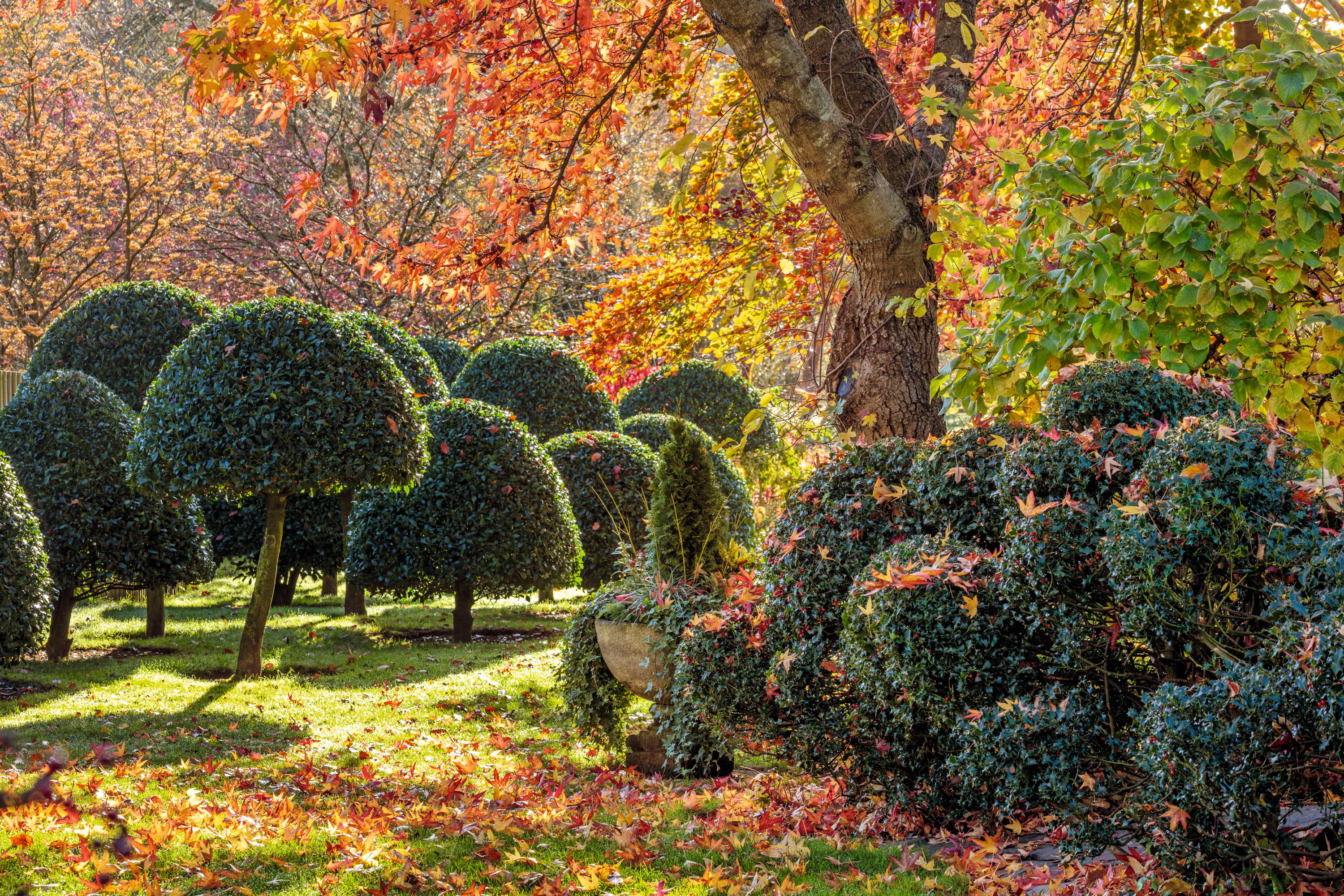 'You could walk round it every day and always notice something new': A private tour of the garden of multiple Chelsea gold medallist John Massey
'You could walk round it every day and always notice something new': A private tour of the garden of multiple Chelsea gold medallist John MasseyInspired by his friends Christopher Lloyd and Princess Greta Sturdza, nurseryman and plant breeder John Massey has made a garden in Worcestershire that never ceases to delight, writes Charles Quest-Ritson. Photographs by Clive Nichols
